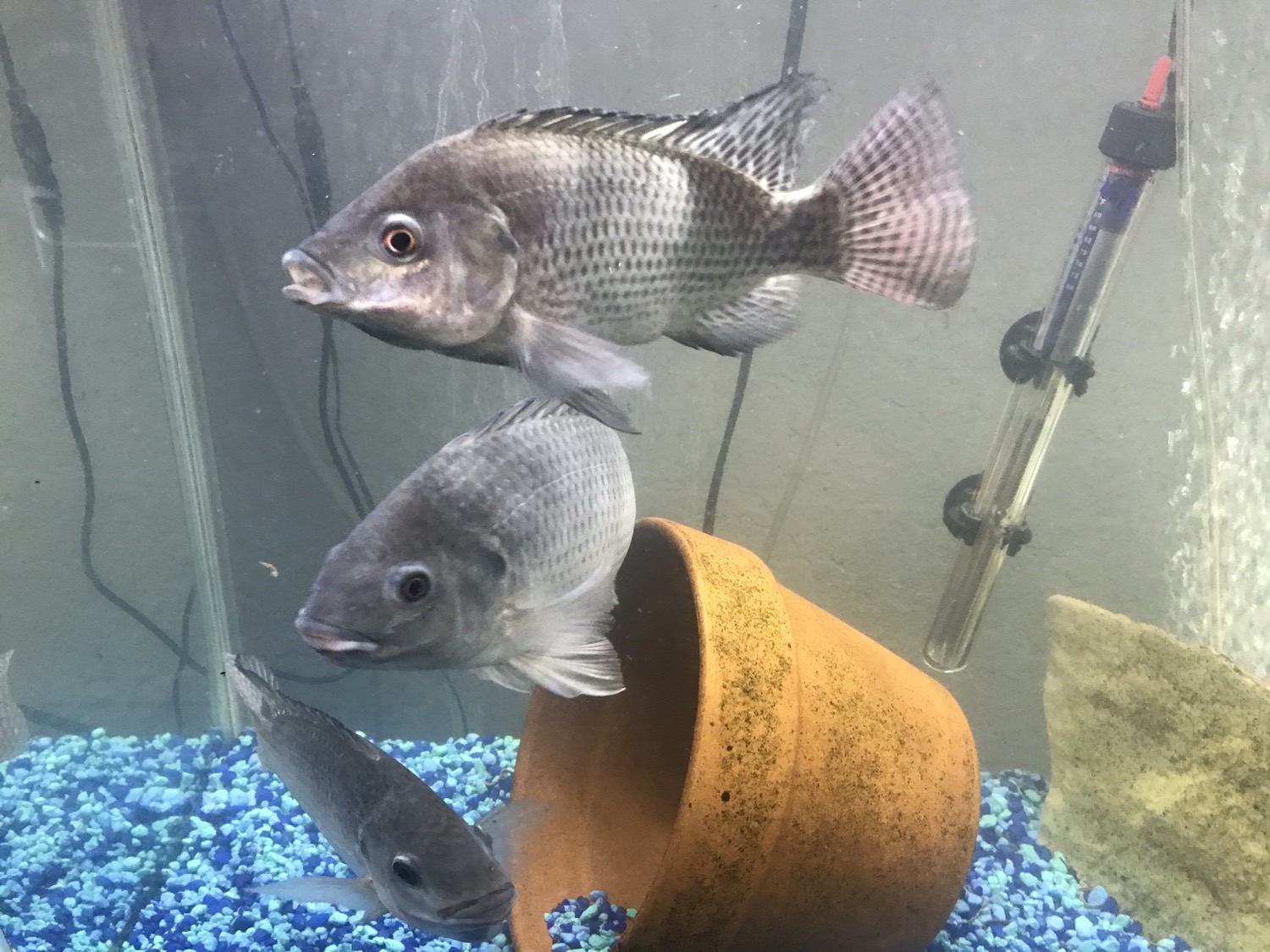Uncovering the Untapped Potential of Home Aquaponics: A Sustainable Journey to Organic Food Independence
- Michael Belcher

- Dec 8, 2024
- 4 min read
In a world that is increasingly focusing on sustainability, health, and self-reliance, aquaponics stands out as a game-changer. This creative way of growing food pairs aquaculture (raising fish) with hydroponics (growing plants in water), creating a thriving ecosystem where both fish and plants flourish together. The best part? You can start your aquaponics journey regardless of your age or experience. This blog post explores why aquaponics is an excellent method for producing fresh, sustainable, organic food right in your own backyard.
Understanding Aquaponics: The Basics
At its heart, aquaponics is a system designed to make the best use of water, nutrients, and space while producing food sustainably. By merging fish farming and plant growing, aquaponics imitates the balance found in nature. In this setup, fish waste provides vital nutrients for the plants, while the plants purify the water for the fish. This self-sustaining cycle minimizes waste and maximizes growth efficiency.
When you set up your aquaponics system, selecting suitable fish and plants is crucial. Popular fish choices include tilapia, catfish, and goldfish, while plants like lettuce, spinach, and basil thrive in this environment. As your system matures, you’ll notice a harmonious relationship develop, resulting in a productive garden that requires minimal effort.
Why Choose Aquaponics for Home Food Production?
Aquaponics offers numerous benefits that make it an attractive option for home food production. Here are some reasons why it shines:
1. Sustainable and Eco-Friendly
Aquaponics is highly efficient. Typical setups use up to 90% less water than traditional soil gardening. Plus, this method eliminates the need for chemical fertilizers and pesticides. It mimics natural ecosystems to provide food, allowing you to grow while also contributing to a healthier planet.
2. Fresh, Organic Produce at Your Fingertips
Growing food through aquaponics puts fresh, organic vegetables and herbs right at your fingertips. Since you control every aspect of your food system, you can avoid harmful chemicals and enjoy produce that's not only fresh but also bursting with flavor.
3. Healthy Protein Source
Beyond vegetables, aquaponics enables you to raise fish as well. This provides a reliable source of high-quality protein. Fish such as tilapia are rich in omega-3 fatty acids—vital for heart health—as well as other essential vitamins and minerals. In fact, consuming fish twice a week can reduce the risk of heart disease by about 30%.
4. Space-Efficient Food Production
Aquaponics excels in small areas, such as backyard gardens, patios, or even interior spaces. Vertical gardening techniques can optimize limited space. For instance, you can grow multiple crops in a small footprint, transforming urban spaces into mini food sources.
5. Educational Opportunities
Setting up an aquaponics system offers excellent educational experiences for families. It’s a fun way to teach kids about science, biology, and sustainability. Learning how ecosystems work fosters respect for nature and encourages responsible environmental practices.
Getting Started with Your Aquaponics System
Keen to launch your home aquaponics adventure? Follow these steps for a successful start.
1. Research and Plan
Before jumping in, dedicate time to research various aquaponics systems, necessary equipment, and compatible fish/plant pairings. Designs can range from simple setups with a single tank to more complex systems needing advanced expertise. Identify a system that fits your knowledge level, available space, and budget.
2. Acquire Essential Equipment
Gather your aquaponics toolkit. Necessary components include:
Fish tank: The size of the tank should correspond with the number of fish you intend to raise.
Grow beds: Options include gravel beds or systems like Nutrient Film Technique (NFT) that support plant growth.
Water pump: This circulates water between the fish tank and grow beds.
Aeration system: Fish require oxygen, so ensure you have an air pump to maintain appropriate water conditions.
3. Set Up the System
Once equipped, follow the setup instructions carefully. Fill your fish tank with dechlorinated water and allow your system to cycle, establishing beneficial bacteria before introducing fish.
4. Choose Your Fish and Plants
Select fish species suitable for your local climate and your taste preferences. Similarly, align your plant choices with the nutrient levels produced by your selected fish. Always ensure compatibility for a balanced environment.
5. Monitor and Maintain
After activation, monitor water quality, nutrient levels, and fish health closely. Regularly check pH levels, ammonia levels, and other important indicators to keep optimal conditions for both fish and plants.
Transform Your Home with Aquaponics
Embarking on the journey of self-sufficiency and organic food production through aquaponics is not only achievable; it can also be incredibly rewarding. Engaging in this sustainable process allows you to enjoy fresh fish and vegetables while playing a part in preserving the environment. Remember, it is never too late to start your home aquaponics adventure. Plant those seeds now and transform your backyard into a vibrant ecosystem that nourishes you and your family.
By adopting aquaponics, you'll be making one of the best decisions for your health, your environment, and your newfound sense of independence. With the right resources and a bit of knowledge, you can cultivate a sustainable future one plant and fish at a time. Whether you're an experienced gardener or just starting out, aquaponics invites you to embark on a fulfilling journey toward food independence.

